Baseball Cards: A Lost Collectible-Memorabilia and Autograph Cards
Yesterday, I made a post discussing baseball cards and their decline in popularity over the years. Today, I would like to talk about one of the primary causes: gimmicky cards like autograph and memorabilia cards.
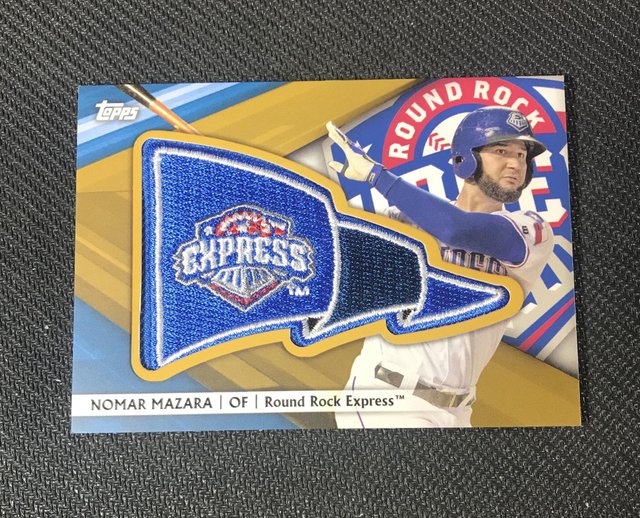
Nothing grabs a young kid’s attention like something that can truly connect them to a sport they love. That is why memorabilia cards are so well loved by young kids. However, there is an issue with this: kids often don’t have the money or the knowledge to acquire memorabilia cards.
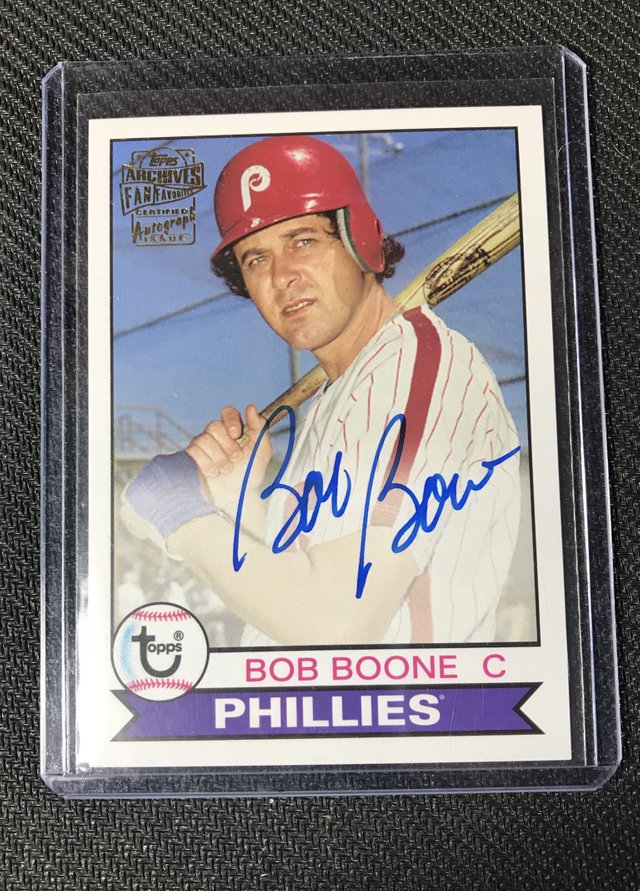
There are ways that you can increase your odds and even guarantee that a pack or box of cards will have a memorabilia card. However, these methods are often either expensive or require lots of knowledge on the way card company’s work. Memorabilia cards are frequently thicker than regular cards, considering the fact they have to securely contain a chunk of a jersey or a sliver of wood from a game used baseball bat. The packs that contain them often have a lesser number of cards to balance out the size, so finding one of these cards in a pack without pure luck is impossible, right?

Wrong! Since the cards are so thick, the packs will bend very little to not at all when you apply just a little bit of pressure, as compared to a regular pack which usually has a good amount of give. Don’t worry, the cards aren’t damaged at all as long as it is very minimal bending. People take advantage of these tricks and will dig out all of the packs called “hot packs” which are just packs that show signs of containing something good.

Another way people can guarantee that they are getting a good card in what they are purchasing is by buying a hobby box or jumbo box. These larger boxes sometimes will say on the outside that they are guaranteed to contain at least 1 autograph or memorabilia card. These boxes are also ridiculously expensive. Children can not easily afford these with their own money, and parents aren’t likely to fork them over the $50+ sometimes required to buy these boxes.
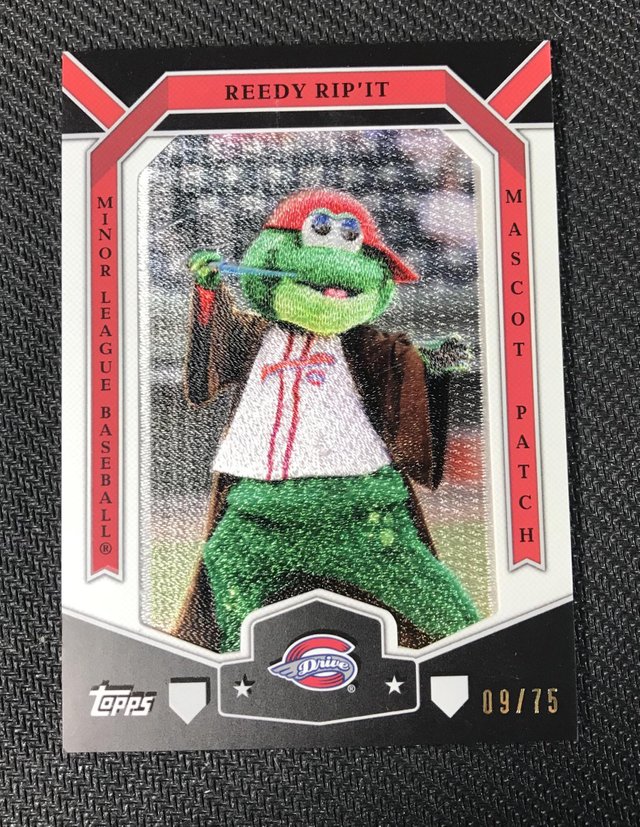
The reason why I have used children as the example through out this is because they seem to connect better with baseball card collecting and memorabilia cards. Adults will collect just to collect, or collect in the hopes of finding a one in a million card worth a lot of money.
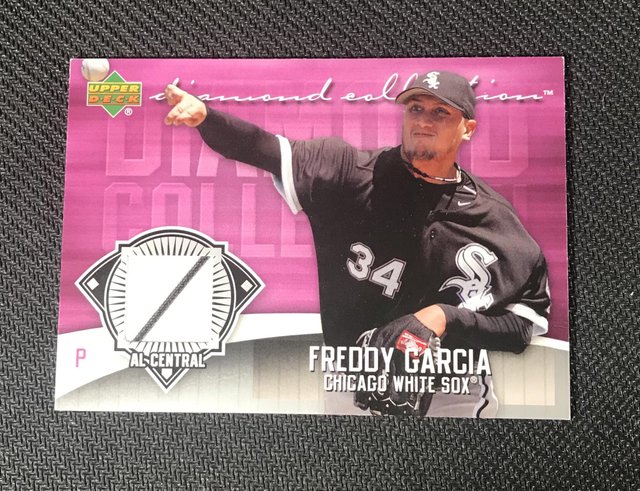
And that is part of the beauty of baseball cards! It appeals to people of all different ages and backgrounds, but each in a different way. A favorite memory of mine was buying a Freddy Garcia jersey card while in a store in Cooperstown during hall of fame weekend (card pictured above). I was a lot younger during this. His jersey had pinstripes on it! PINSTRIPES! I was so excited, but a little sad. It would cost me $5, and I wanted to use my money for other things too. I ended buying the card in the end, and it brought me happiness.
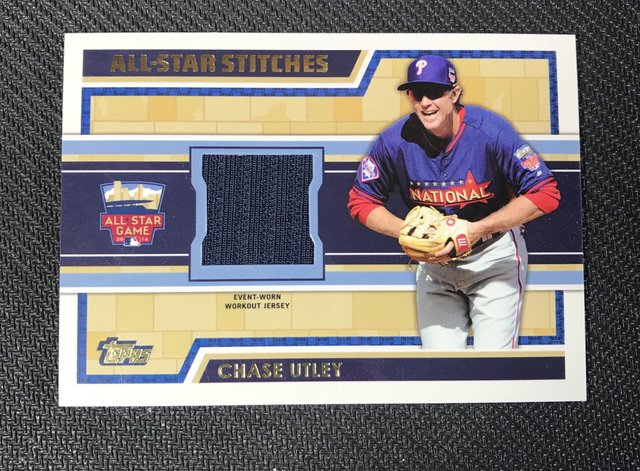
To conclude this long rant written without an ideal amount of sleep, modern baseball cards need to be changed. I may have gotten VERY off topic with my point here, but memorabilia cards and autograph cards deeply decrease the value of the regular, run of the mill base card. There are too many cards today deemed more valuable, leaving basic cards behind in the dust. I hope that Topps will someday understand that less is more. We don’t need a bunch of fancy cards. I am sure I would be just as pleased with a regular Freddy Garcia card as I would with the one I got, but a regular Freddy Garcia card is just too invaluable to get the satisfaction I should get out of it. Baseball card collecting truly is a lost hobby, and the manufacturers aren’t helping the side that they believe they are.
Thank you all for reading this! The first post did surprisingly well, so I decided to follow it up. I know that baseball card collecting doesn’t appeal to everyone, but that isn’t what steemit is about. Again, thank you, I hope you all have a wonderful day.
I grew up a baseball card collector. When I was 14, i worked all summer just so i could buy a Robin Yount Rookie card. I think it was around $225. now its around 50ish. The boom of the 80's and 90's causing a price surge in collector cards, affected the way Topps, Bowman, and Fleer started producing cards. They didn't do it for fun and information anymore, they created collector "gimmicks" to boost sales. Good for them, bad for us. Then the advent of the internet and sites like ebay created an easier market to attain rarer cards driving the supply up and the demand down. The market will be back.
Great Read!
Thank you very much! My father purchased 10 Cal Ripken Jr. Rookie cards (the 3 person ones, not the valuable traded series ones) before Ripken became as well known as he is. He was just never quite able to sell them for the right price, and they have since landed somewhere buried in a box. I didn’t realize just how much cards like your Robin Yount rookie card were worth, and the great price fluctuation! That is very interesting!